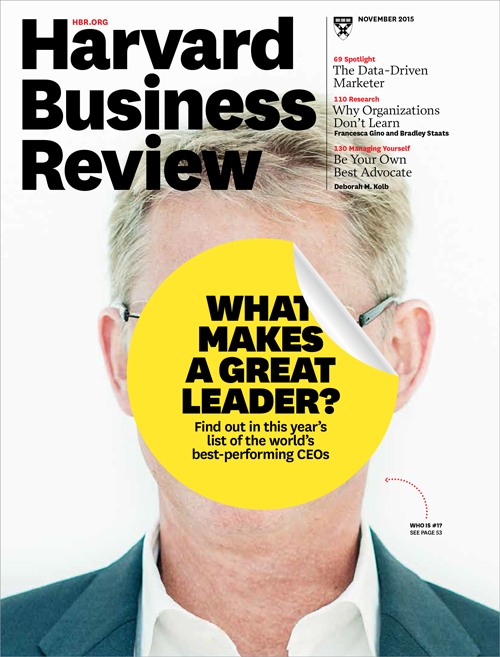 Not that long ago, prevailing wisdom told us that publishing was going digital – as in, digital editions of print magazines. We now know that hasn’t happened, mainly because the curated print magazine experience just doesn’t translate well on screen.
Not that long ago, prevailing wisdom told us that publishing was going digital – as in, digital editions of print magazines. We now know that hasn’t happened, mainly because the curated print magazine experience just doesn’t translate well on screen.
Where digital is making inroads is in partnership with print magazine media, as evidenced by Harvard Business Review’s approach to its subscribers. As Greg Dool writes in Folio:, the brand has seen their paid circulation surge for a second straight year. (They were defying industry odds as far back as 2013, when they noted their best circulation yet.)
It seems almost counterintuitive, but this circulation boost comes after reducing frequency by 40% while keeping the subscription price the same.
“After Harvard Business Review kicked off 2017 by reducing its print frequency to bimonthly—eliminating 40 percent of the issues offered in a $99 annual subscription—it was a combination of smart positioning, creative new digital benefits, and a heavier investment in the six print issues that remained, which allowed the magazine to end the year with 10-percent more subscribers than it began with,” Dool writes.
“The lack of subscriber outrage around the dramatic shift ‘was almost hurtful,’ editor-in-chief Adi Ignatius quipped to Folio: last August,” he continues.
What’s behind the growth, then?
“We’re putting a lot of value-add messaging first, talking a lot about what comes along with your subscription, beyond the print magazine,” explained membership marketing manager Caty Trio. “We’ve found over time that many of our subscribers didn’t know what they had access to in a subscription, and all of these benefits on our website that come along with a print subscription, such as our online libraries, access to HBR charts, customizable slide decks, things they could use to enhance their everyday work life. That’s been very successful.”
SVP and group publisher Sarah McConville notes that they were well-positioned for growth thanks to their communication with subscribers before the frequency change and the way they’ve married their print product with digital value-adds.
“For us, the critical piece of it was conveying to our subscriber base that their relationship with the brand was anchored in print, but it is truly an integrated, print and digital experience,” McConville explains. “We’re in the market every single month with subscriber satisfaction surveys and other types of research, so we had a good sense of what people were finding interesting, useful, and valuable, and it was a matter of then amplifying those messages.”
They also switched to digital for their marketing efforts and new reader discovery, Trio explains.
“One of the things that we’ve had success with is in targeting people who have already begun to engage with the brand, but haven’t quite hit the point of subscribing—people who are visiting HBR.org, registered on our site already, lookalike audiences who are similar to people who are on our website,” Trio says. “We’ve been able to target these people in a more sophisticated way. We’re still in the testing and learning phase as far as audience segmentation goes, but we’ve made great strides this year.”
Back in 2014, the Harvard Business Review made headlines in the industry when they stated that publishing is far from dead and that in fact there had never been a better time for publishers. Judging from their own subscriber numbers, they are proving this out.
